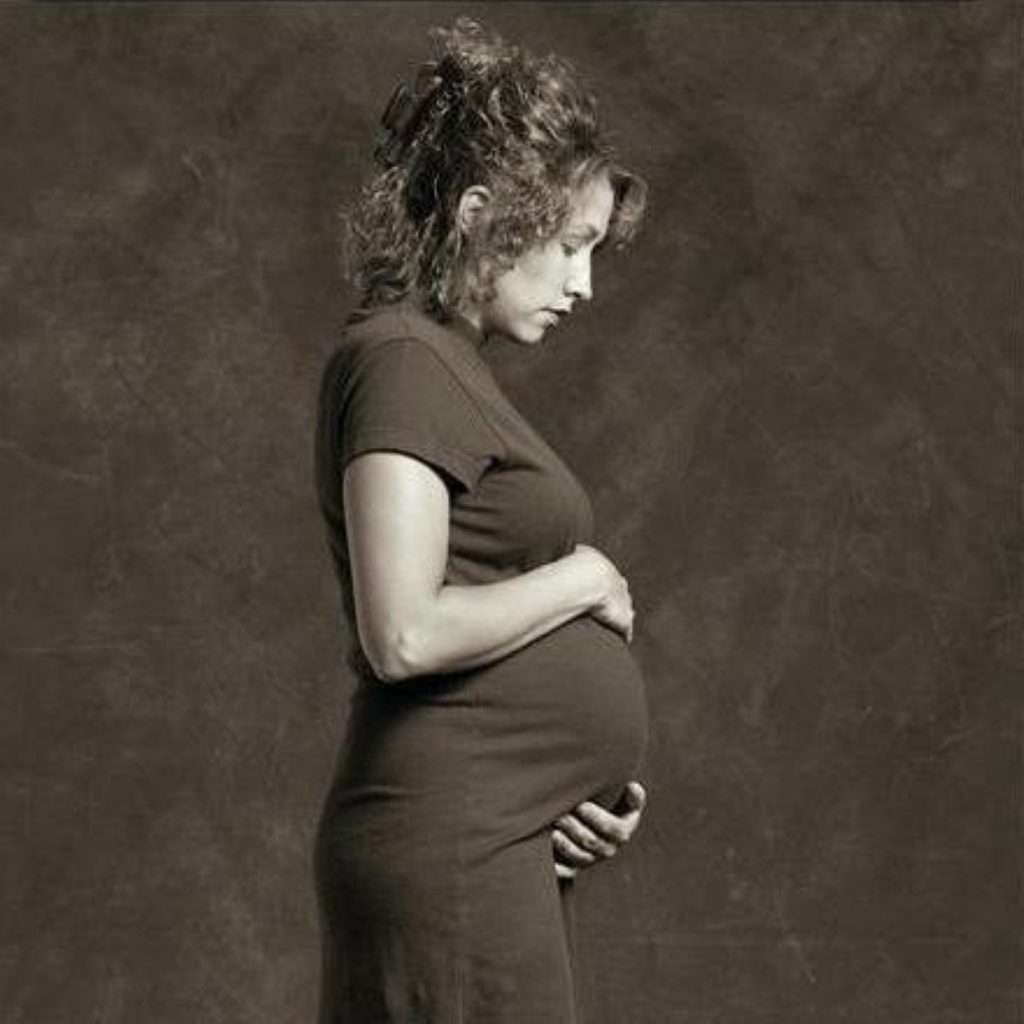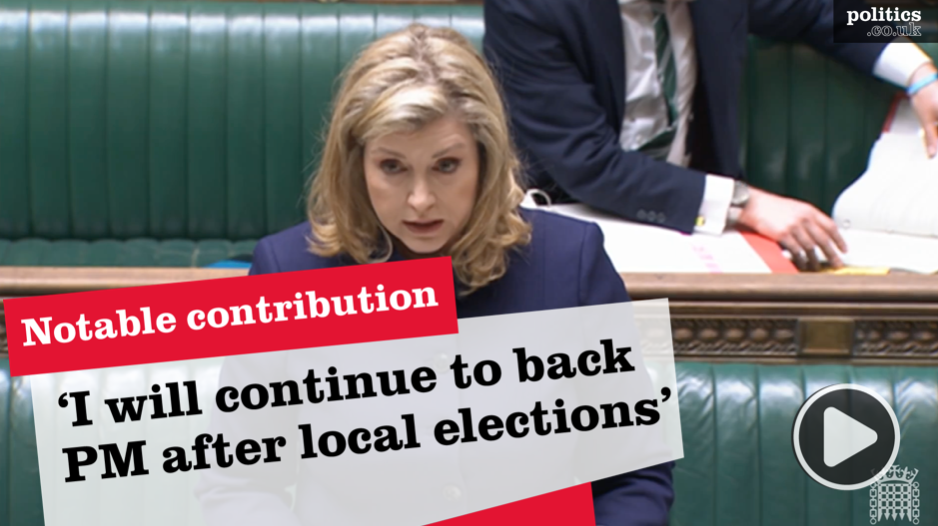The abortion debate still rages after 40 years
The architect of the 1967 Abortion Act has reignited the scientific and ethical arguments surrounding a woman’s right to choose by saying the legal justification is legitimising too many terminations.
Lord Steel helped implement the Act forty years ago, in an effort to end illegal and dangerous abortions.
But today, the Liberal Democrat peer argues too many women are using abortion as a form of contraception, rather than a final resort.
In an interview with the Guardian Lord Steel said: “There is a mood now which is that if things go wrong you can get an abortion, and it is irresponsible, really.


“I think people should be a bit more responsible in their activities, and in particular in the use of contraception.”
He added: “At the moment we are all operating in the dark. But I think there is a view that particularly those who present for repeated abortions are treating it as ‘long stop’ [back-up] contraception.”
In 2004, Lord Steel urged the period where a women can legally have a termination be reduced from 24 weeks to 12.
He said the law should be reconsidered to account for medical advances which mean premature babies now have an improved chance of survival.
Today, Lord Steel broached the topic from a more ethical perspective, claiming too many abortions are happening as a result of sexual irresponsibility.
He urged the government to redouble its efforts to improve sex education in schools, provide better contraceptive advice and initiate a national debate over sexual morality.
He said the Catholic church’s opposition to contraception “is absolutely contributing to the use of abortion as contraception”.
When the Act was introduced forty years ago, Lord Steel was subject to abuse and received hate mail.
The maximum possible gestation period was originally set at 28 weeks, but was reduced in 1990 – as part of the Human Fertilisation and Embryology Act – to 24 weeks.
Although the battle between pro-choice and pro-life lobbies is not as fierce in the UK as it in the United States, the forty-year anniversary has pushed the issue into the political and social arena once again.
Around 200,000 women undergo the procedure in Britain every year.
Today, health minister Dawn Primaralo has been giving evidence before the Science and Technology Committee, who are discussing whether the 24 week allowance period should be further reduced.
Ms Primaralo contested the grounds for amending the law, saying medical consensus proved a foetuses’ chance of survival had not improved.
At 21 weeks the chance of survival was nil, the health secretary argued, and at 23 weeks it was just 11 per cent.
Ms Primarolo told the committee: “Medical consensus still indicates that, while improvements have been made in care.[the] concept of viability cannot be pushed back in [terms of] weeks.”
The term ‘viability’ at the heart of the abortion debate, is very divisive.
It is used to refer to the capacity for survival of a foetus, the boundaries of which are heavily contested.
Ms Primaralo continued: “Certainly the evidence with regard to the British Association of Perinatal Medicine (BAPM) is pointing quite clearly to the point that viability, whatever the vast improvements, and there are significant improvements, cannot be continually pushed back in terms of a date.”
Also wading into the morass today was Cardinal Cormac Murphy O’Connor, one of Britain’s most senior and respected religious figures.
Cardinal O’Connor refused to accept abortion – describing it as “morally wrong” – but expressed sympathy for women who find themselves in the difficult predicament where abortion is the only choice left.
Mr O’Connor said: “I feel they say women have a right to choose, but women also have a right to time for reflection, for counselling, for help.”
He went on: “I really do think that there’s been a change, or beginning of a change, in the attitudes of the people in our society today.
“They’ve seen for instance, sometimes on television or in other ways, the child in the womb only 12-weeks-old.
“It may take years to change the law, but step-by-step I think people’s attitudes will change and eventually the law will change.”
Cardinal O’Connor and Cardinal Keith O’Brien wrote a public letter this week commemorating the fortieth anniversary of the legalisation of abortion.
It read: “The 1967 Act was intended to solve the problem of illegal abortion, on the basis that it was a major cause of death in pregnant women. Yet our countries now perform nearly 200,000 abortions every year.
“Whatever our religious creed or political conviction, abortion on this scale can only be a source of distress and profound anguish for us all.”
Echoing the words of Lord Steel today, the Cardinals encouraged a national debate on the topic, arguing “a new understanding and approach” was needed.
Lord Steel also debated the terms surrounding the medical referral process for abortions, where women currently require two authorisation signatures to have a termination.
Lord Steel suggested there may be a case for reducing this to one signature during the first 13 weeks of pregnancy, to simplify the process and encourage women to have a termination earlier rather than later.











